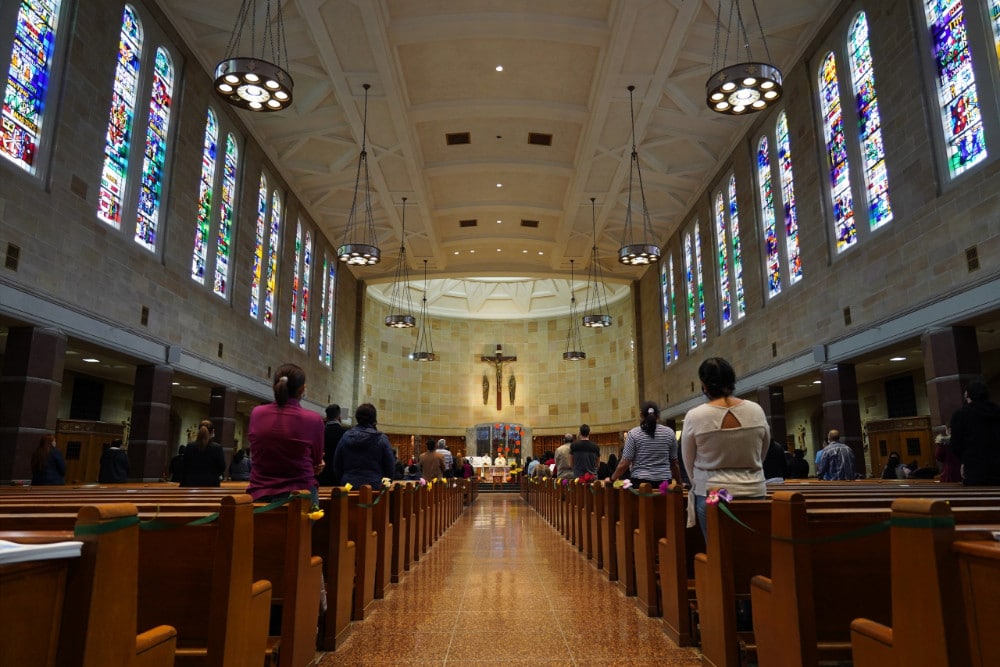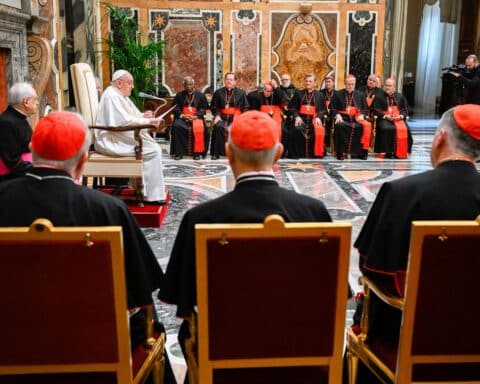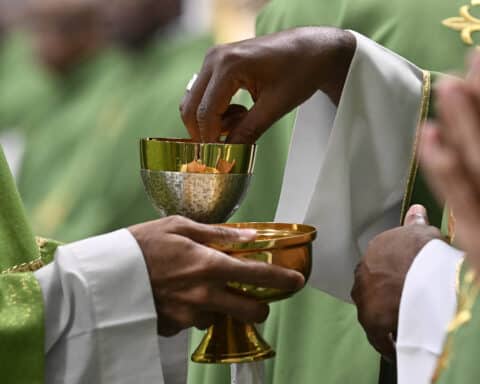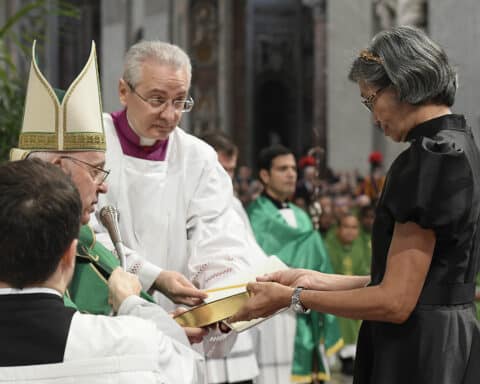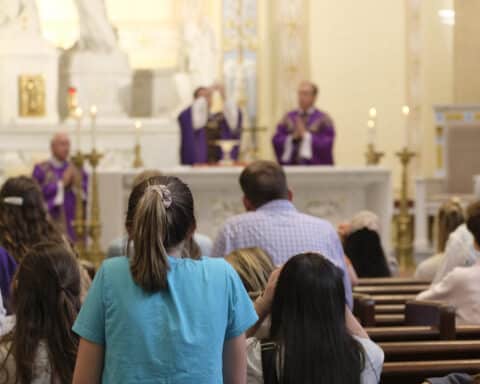This is the 10th and final article in a series exploring the gift and promise of Vatican II’s liturgical reforms.
Over the past year, this series has dealt with a number of issues related to liturgical reform. It has attended to the roots of the liturgical movement, the reforms of the Second Vatican Council, the attraction to the 1962 Missal of Pope St. John XXIII, orientation in liturgical prayer, reception of the Eucharist on the tongue and hand, and the privileged status of Latin in the Roman rite.
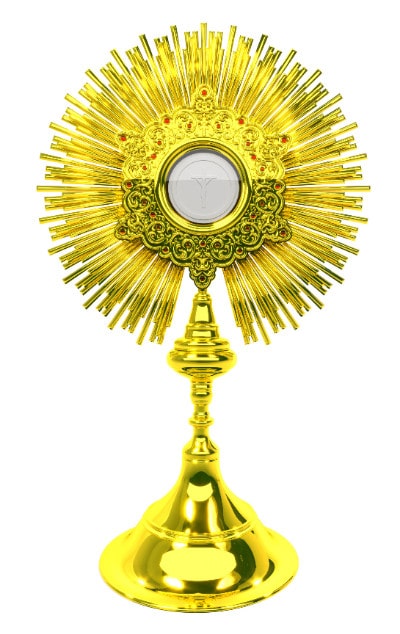
I was surprised by the intensity of response to each column on liturgical renewal. Where there was disagreement with me, I tried to learn from my interlocutors. I am grateful to each email or letter I received, even the ones that were a bit saucy.
Simultaneously, reactions from this monthly column made me recognize anew how fraught liturgical conflict is within the Church at present. I have regularly denounced the liturgy wars. I have tried to articulate a way forward by focusing on first principles.
Presently, there is little common ground. Many of those who attend what is popularly but imprecisely called the Latin Mass are openly critical about the liturgical reforms initiated by the council. Their critiques range from those grounded in historical scholarship and theology to anonymous Twitter accounts who decry the heresies propagated by the liturgical reforms of Vatican II.
And yet, among those who see the liturgical reforms as not only legitimate but a source of apostolic zeal in late modernity (and I see myself as occupying this position), there continues to be an allergy related to any critique of specific reforms or the implementation of these reforms following the council. We think that we can wish away the critiques and enact our vision of the liturgy through sheer force of will and liturgical law.
This strategy won’t work.
Inspiring participation
Traditionalists have raised questions that need to be studied in a contemplative rather than reactionary manner. The scholar Lauren Pristas’ study of the collects (opening prayers) of the reformed rites is illuminative. Her book, “Collects of the Roman Missals: A Comparative Study of the Sundays in Proper Seasons before and after the Second Vatican Council” (T&T Clark, $44.95) does not question the authority of the Church to adopt liturgical reform. Rather, it provides a careful analysis of the collects adopted in the post-conciliar period. One can see in the development of these opening prayers a preference for simplicity and literalness rather than the complex and poetic.
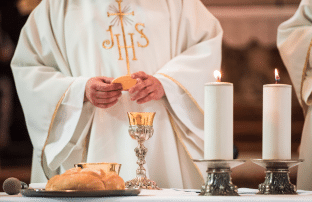
A nonreactionary and yet contemplative response to Pristas’ scholarship would not require us to throw out the reforms of Vatican II. Nor for that matter should her text be ignored simply because it raises uncomfortable questions for those who see liturgical reform as a good. Rather, a proper reception of Vatican II requires us to ask the more fundamental question.
If the interpretative key of Vatican II’s constitution on the sacred liturgy is the promotion of active participation in the liturgy by the entire Body of Christ, have the reforms and implementation that moved toward simplicity fostered such participation?
Of course, as this series has already noted, active participation is not the same as frenetic activity. And in his recent letter on liturgical formation (Desiderio Desideravi), Pope Francis notes that even careful attention to the rubrics and the celebration of a beautiful liturgy does not lead to active or full participation (cf. No. 23).
The mystery of Jesus Christ
Rather, liturgical renewal depends on amazement at the Paschal Mystery of Jesus Christ. Pope Francis writes: “The astonishment or wonder of which I speak is not some sort of being overcome in the face of an obscure reality or mysterious rite. It is, on the contrary, marveling at the fact that the salvific plan of God has been revealed in the paschal deed of Jesus (cf. Eph 1:3-14), and the power of his paschal deed continues to reach us in the celebration of the ‘mysteries,’ of the sacraments” (Desiderio Desideravi, No. 25).
Active participation, therefore, depends on eliciting wonder at the mystery of love made available to us in each and every liturgical celebration. The sacraments are the space where Jesus Christ acts among us. The liturgy, for this reason, is not a celebration expressing this or that particular ideological stance. It is not an accessible way to communicate theological truths to laypeople.
Rather, in the Eucharistic liturgy, it is the mystery of Jesus Christ made present. He is present, as the constitution on the sacred liturgy notes, in the words of sacred Scripture, in the priest who acts in the person of Christ and the Church, in the assembly participating in lifting up their hearts to the Lord through song, and most especially in the Eucharistic gifts of bread and wine that become the body and blood of Our Lord.
I suspect that where liturgical reform and implementation have been lackluster, it is because we have forgotten that the liturgical act is not about knowledge or concepts but a living experience of Christ as mediated through liturgical signs and symbols.
Active participation recognizes that we understand that something is at stake in our common prayer. Our Lord comes to dwell and therefore act among us. Salvation unfolds in your local parish church.
And as Pope Francis makes clear, this salvation takes place through the symbols of the sacred liturgy. The symbolic quality of the liturgy is not intended to induce either bewilderment (I don’t understand this, therefore it must be important) nor excessive speech (this candle is a symbol of Christ). Rather, as Pope Francis notes, “A symbolic ‘reading’ is not a mental knowledge, not the acquisition of concepts, but rather a living experience” (Desiderio Desideravi, No. 45).
I suspect that where liturgical reform and implementation have been lackluster, it is because we have forgotten that the liturgical act is not about knowledge or concepts but a living experience of Christ as mediated through liturgical signs and symbols.
Moving forward
Therefore, at the end of this series, I propose the following. If we are to continue the process of liturgical renewal, the question moving forward is not about which rite we celebrate. Instead, the question is about an encounter with Jesus Christ as mediated through signs and symbols.
Here, scholars of the liturgy may determine that some of the reforms adopted by the Church at Vatican II may have insufficiently attended to the symbolic nature of rites. Maybe, salt will be reintroduced into the rite for infant baptism and the didactic tone of the rite will decrease. Maybe, we attend more closely to the manner in which chant and the associated texts in Latin are integral to the celebration of the liturgy. Maybe, in order for us to continue to actively participate, the liturgical rites may be adorned with a bit more poetry and symbolism.
And yet, maybe we have to recognize, at the same time, that the reforms have led to spaces of extraordinary renewal within the Church. The flourishing of lay apostolates at present have emerged as ordinary, baptized Catholics have come to recognize their vocation to sanctify every crack and crevice of the cosmos with the living presence of Jesus Christ. They — and I include myself — have learned this through the reformed liturgy.
In the present context, where there is a lot of pain and suspicion of each other, a more sober approach to liturgical renewal is needed. It will take friendship, serious dialogue and a willingness to disagree in charity.
In other words, it will take an encounter with Our Lord, mediated through the prayer of the Church.
Timothy P. O’Malley, Ph.D., is the director of education at the McGrath Institute for Church Life at the University of Notre Dame.

